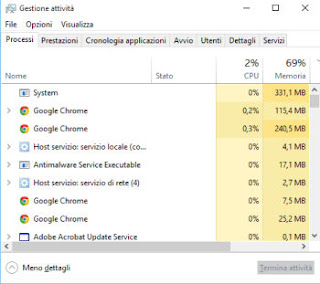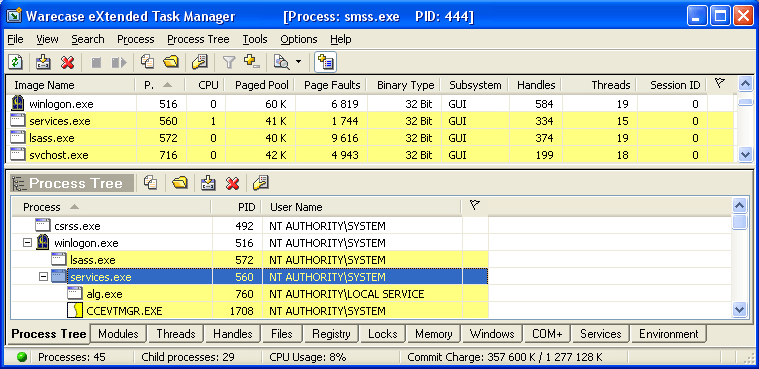

The tool tip will even tell you if that particular processor is parked, as shown in Figure B. If you hover your mouse pointer over each graph, you’ll see a tool tip that identifies the CPU by number. To see a graph for each logical processor, just right-click and select Change Graph To > Logical Processors. By default, the CPU section displays a single graph showing overall utilization. The graph displays the percentage of your CPU’s utilization on a scale of 0 to 100 over a 60-second timeframe.

Figure A The CPU section of the Performance tab provides detailed information about the CPU. You can even find information about the CPU caches.

You can tell at a glance whether the processor’s hardware virtualization technology is enabled. In the lower right, you’ll see the CPU’s maximum speed, as well as the number of sockets, cores, and logical processors. In the CPU section, shown in Figure A, you’ll find all kinds of details about the CPU in your system, including the brand name and model number at the top of the screen. In this article, I’ll delve into Task Manager’s Performance tab and take a close look at the detailed information displayed in each section. This information can be useful in understanding how these main hardware components function. The Windows 10 Performance tab provides data and graphs that show you detailed information on the current activity of the CPU, memory, disks, and your Ethernet/Wi-Fi connections. How to connect an Apple wireless keyboard to Windows 10 Microsoft offers Windows 11 for HoloLens 2 Windows 11 update brings Bing Chat into the taskbar Microsoft PowerToys 0.69.0: A breakdown of the new Registry Preview app Here's a look at the information you can access on the Performance tab. The Windows 10 Task Manager offers a treasure trove of details. How to use Task Manager to monitor Windows 10’s performance


 0 kommentar(er)
0 kommentar(er)
